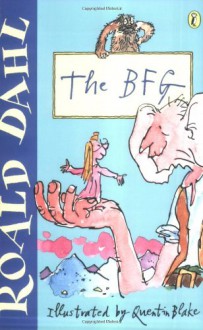
t's interesting using this book in a class. The Swan stories are the most popular, and the quiet ones about relationships confuse people for some reason. I liked "Warm-Mouth" far more on this re-read.
Old Review
There is a misnomer on the cover of this book. Some short stories in this volume have not been commissioned for the book. Several of them have appeared in various magazines and collections (some have appeared over a decade ago).
This is okay, for this is the first time that they are all collected together and I hadn't read any of them before.
The purpose of this collection in part, according to Bernheimer, is to present fairy tales as an acceptable source of literature, at least to present modern fairy tales as such. The succeds very well at this and several stories are truly descendents of the French Salon writers, Andersen, and the Grimms. Some of the stories don't work (at least for me) but several stories are absolutely, jaw dropping friggin (Can I say that?) wonderful. Even the stories that I didn't like (like "Warm Mouth" by Joyelle McSweeny) were at least worthy experiments in differenty styles. Each story has a brief afterword by the author and the table of contents gives the source tale for each story.
The two best stories (and it is a very close race, a photo finish, for several stories for this title) are John Updike's "Bluebeard in Ireland", a story about a marriage; and Katherine Vaz's "What the Conch Shell Sings When the Body is Gone", also a story about a relationship. In fact, many of the stories in this collection, as in many fairy tales, focus on relationships. Updike and Vaz's short fiction are really descendents of such older as "Bluebeard" because like the older tales, they look at marriage and relationships in the modern world. The two stories are magical without having "magic" in them.
Many of the tales in the collection are not what most readers would call fantasy or horror (I brought this at Borders which had it in the horror section), but there is a good mixture of fantasy and magic realism. I heistate to use the word horror. In fact, the two most distrubing stories, "The Erlking" by Sarah Shun-lien Bynum and "With Hair of Hand-Spun Gold" by Neil LaBute, are distrubing because of thier out and out realism. "Dapplegrim" by Brain Evenson is the only true horror story, and considering the source, it shouldn't be surprising.
There is humor here as well. I didn't really enjoy Neil Gaiman's Fragile Things, but his "Orange" is really, really funny.
Overall, the collection fulfills the promise that is made in the introduction

 Log in with Facebook
Log in with Facebook 









